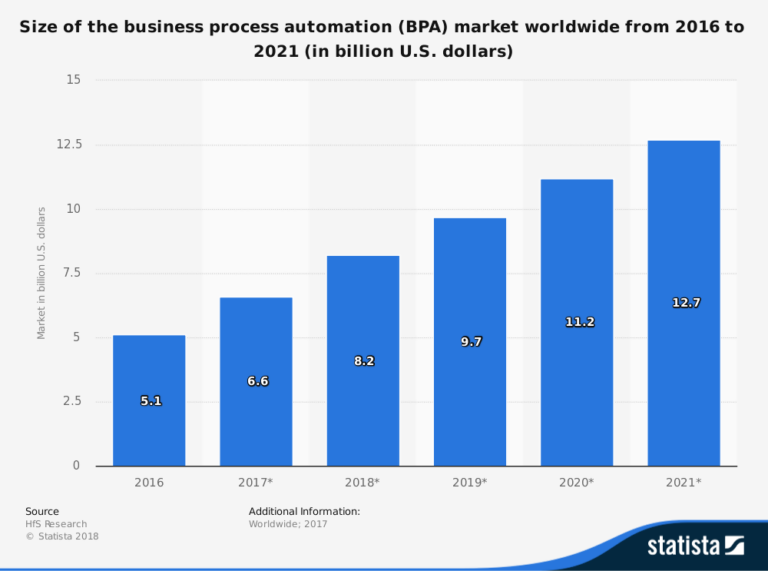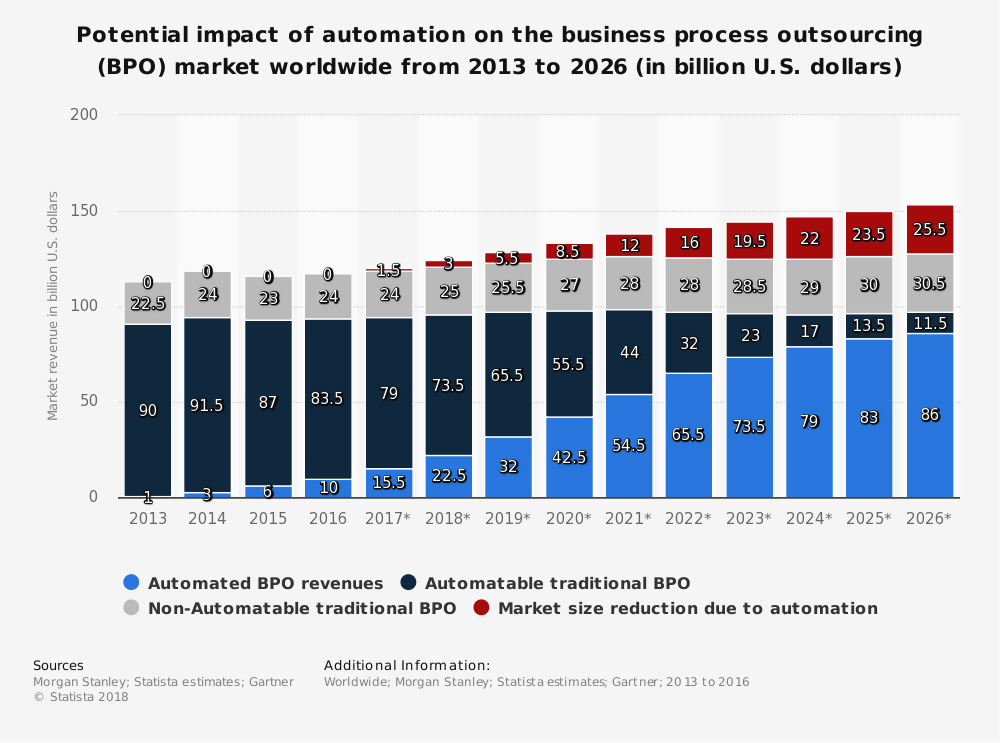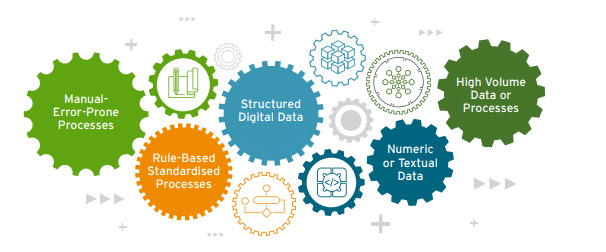The Business process is used to show the process lifecycle from start to finish visually so that each and every collaborator can understand the entire process or procedure. It is where one can see the top down view of the entire flow of business.
Business processes are generally not written down but are instead ‘stored in the employees head’. Business process mapping is the concept of extracting known processes that have not been formalized (written down) and visually presenting them.
Each and every part of a process affects other processes or parts of the business. Hence, the complete process should be depicted in a way that it becomes clear to management how a process can be changed, updated or integrated with another process.
Processes are usually subdivided into several tasks. These specified tasks must be finished in a pre-defined manner or sequence in a way that the last task completion results in the process completion. In the activity of the Business Process mapping, each and every stage needs to be identified and ensure that all know where a task ends and where another begins.

The key function of a Business Process Mapping is to identify the roles and responsibilities for each task. This role sanctioning can be static, dynamic or relying on the data. Hence, clarity on which task will be performed by who should be done very clearly.

All the tasks of a single process need to be arranged in a sequence analyzing different conditions i.e. the first task to occur, task after certain events, whether a task is dependent on the output of other task or whether a task can run simultaneously with other tasks.
Also, a deadline needs to be set for each and every task like the time taken for a particular task to finish. It may be 5 hours, or a day or two depending on the length and complexity of the task.

To run the business efficiently, we need to map all the business process. Making a visual representation of a certain process that runs in a company helps all staff members from guessing (especially new employees). If this is not implemented, every departments and employee create their own set of assignments which turns in to a perplexing situation, giving rise to the blame games and confusion.


Each and every business mapping project should follow the below-mentioned principles to convert the business into a sustainable business.

The first step in Business process mapping is to identify the core business processes as a priority:


Once all the information is assembled, we need to move ahead by making a basic map, which depicts the current process along with its operation and faults.
This base map will help us to observe as to how the process is working before enhancing it and help to compare the old process with the new.
Going through the previous process workflow, you become aware of the flaws and faults. With the current base map in hand, you can identify many more things.
The next step would be to restructure or realign the process with the goal of eradicating all the flaws and creating efficiencies (keeping in mind other processes that rely on this process).
Getting feedback from the employee(s) who were identified earlier is crucial as they will be able to point out any flaws in the new process.

A very important rule to remember always in the mapping of business process is that this whole endeavor is not a one-time solution that will fix all the issues and problems at once.
Once the new business process mapping is enforced in the company, a constant monitor and tracking becomes a necessity for a constantly improved functionality.
This consistent optimization paves the way for the process to be redefined and improved.
Need help or don’t have time mapping out your current business processes? Contact us for a free consultation session to see how we can help.
